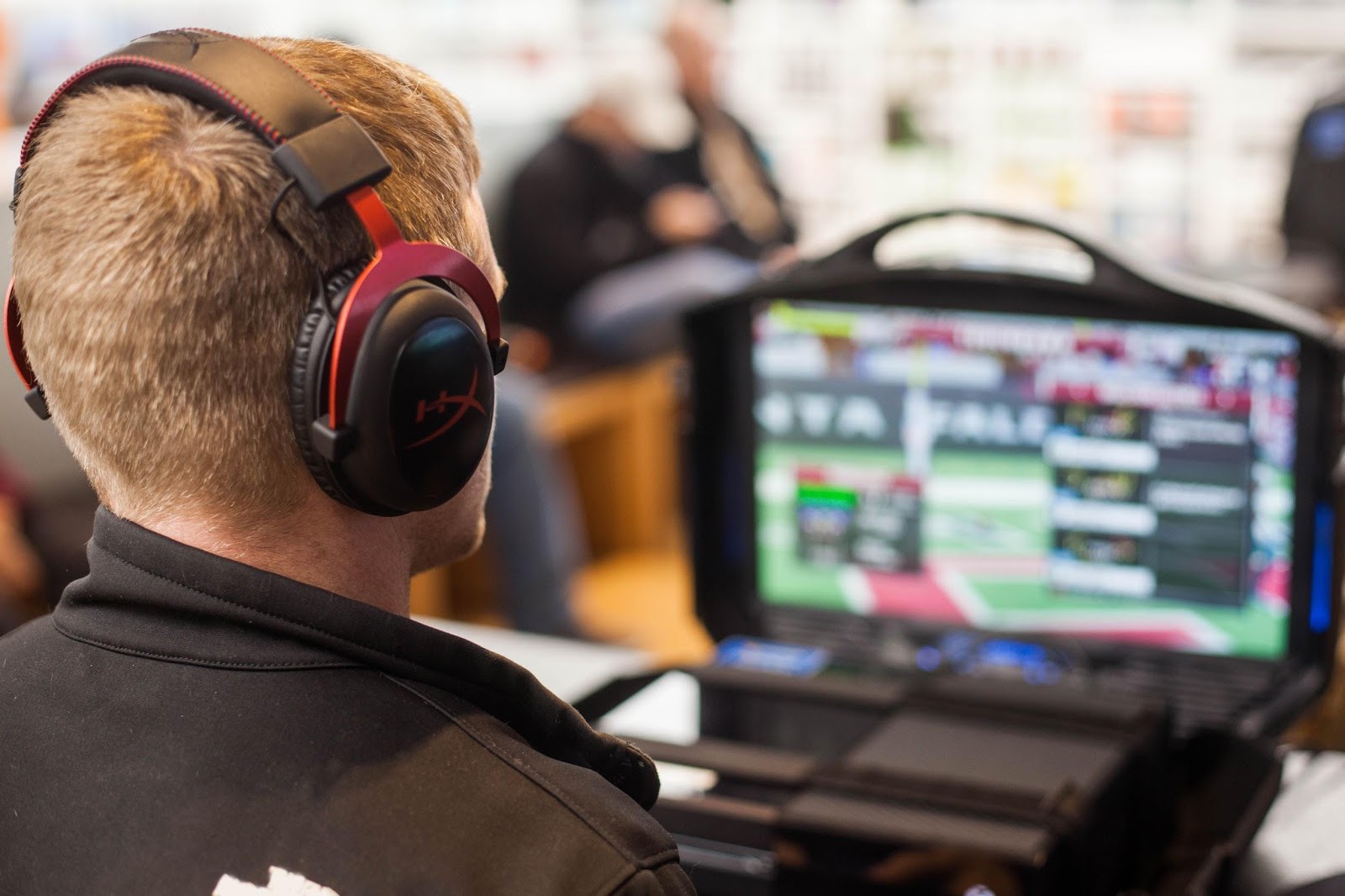
The Latest Technologies in the NFL
No area in modern life is not affected directly by what technology is now available. American football is big business and has been incorporating technology into the sport for many years. Innovative solutions have changed the way a team is coached and how fans can engage with players and the franchise they love. As vertical solutions hit the market, teams and coaches are learning how to analyze and use big data to improve results, performances and revenues.
Fan Engagement

As new technology hits the market, innovative ways to engage with fans have been used to strengthen the tie between a franchise and their supporters. San Francisco 49ers have been one of the most ardent fans of Wi-Fi hotspots throughout the stadium. Levi’s stadium boasts over 400 miles of fiber optic cable, servicing more than a thousand hotspots throughout the ground. Using mobile devices, fans can now keep up to date from the stands and monitor queues for restrooms or order food.
Player Data and Activity

Coaches can monitor precisely how much a player has run, how fast and how hard any impacts have been when tackling. Zebra Technologies is the company that installs the chips and configures the data. With the data available from tracking players on field movement a coach can get a clearer picture of where the team performs well and where improvement is needed. Having the ability to track a player has been a reality for a while, but the tools to analyze and get accurate feedback have only become available recently.
Virtual Reality

One of the most significant problems a coach faces is being able to train players daily without risking injury. Using virtual reality headsets, a quarterback can now run many more plays and have the chance to review the plays to make improvements to their technique and tactics. There are many virtual reality quarterback training providers which means improvements are quickly rolled out to users. As virtual reality improves, we will see many other sports adopting the technology to train players longer, with no ill effects. Using the headsets also gives coaches the opportunity to manipulate a play to show a quarterback the different scenarios they may face.
Keeping the Game Honest

American football was one of the first sports to utilize technology to ensure the rules of the game are followed. Television replays have been a critical component of making the game popular and honest. At future super bowl locations, the use of accurate lasers to determine whether plays are in or out of the field of play will be utilized. As cameras get smaller, we will see all players wearing head cams which will give referees a clear view and audio, to help them make the right decisions in big games.
Health Benefits

Player welfare is at the forefront of news currently. As players retire and get older, doctors are finding alarming statistics of brain injuries and the medical conditions these can cause. Eliminating all risk in a contact sport is not possible but limiting the exposure to risk will need to be achieved. Using accurate sensors in body padding and headgear medical staff can now get detailed information on players collisions and advise coaches to ensure the players stay healthy.
Live Action Shots

Having multiple cameras covering a fixture and the ability to turn 360 degrees at any time lets fans feel like they are sitting in the middle of a pitch. Using True View, a viewer can manipulate the angle they see much the same as you can in a computer game. As the standard of camera improves, we will get images similar to what you would see from a CGI artist. Having the option to view from any angle and zoom in and out is giving fans and coaching staff the view, a player sees. Talk about being in someone’s shoes!
In sporting terms, American football was an early adopter of using technology to improve players and teams. The hunger for the latest gadgets and solutions will not lessen over the coming years, and we expect to see franchises leverage heavily from augmented reality and further improve the virtual reality systems they currently use. Significant investments are expected in technology to lessen the chances of brain injuries and the conditions associated with them. Fans of the future will benefit from more substantial interaction with players and their use of vital game statistics that keep the public interested in sporting events.




